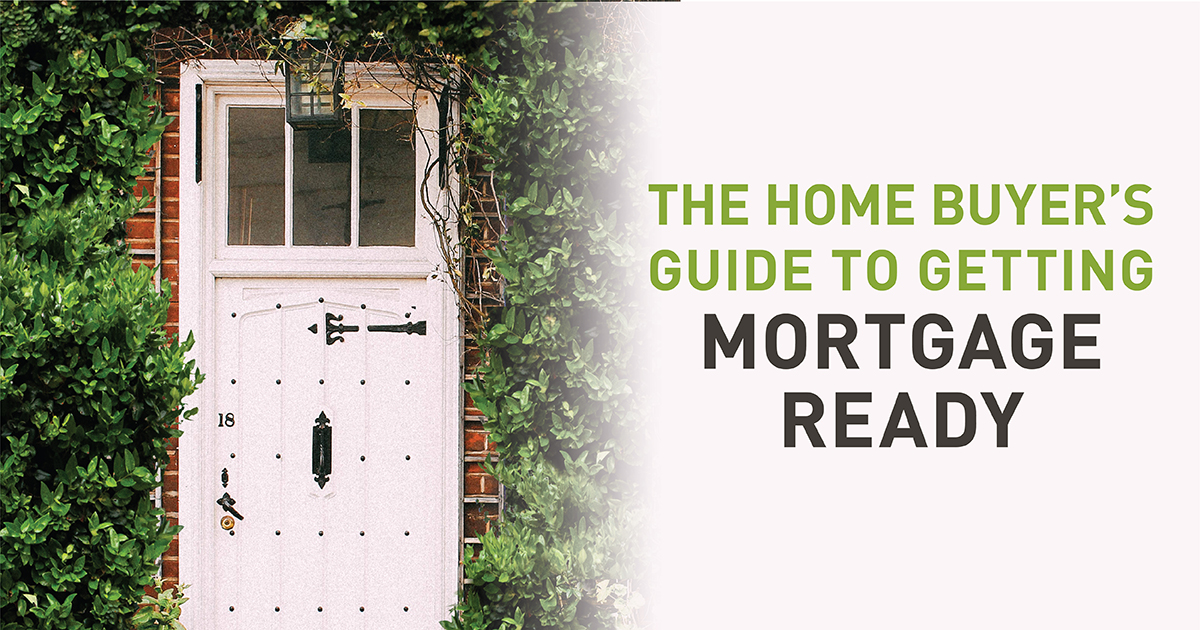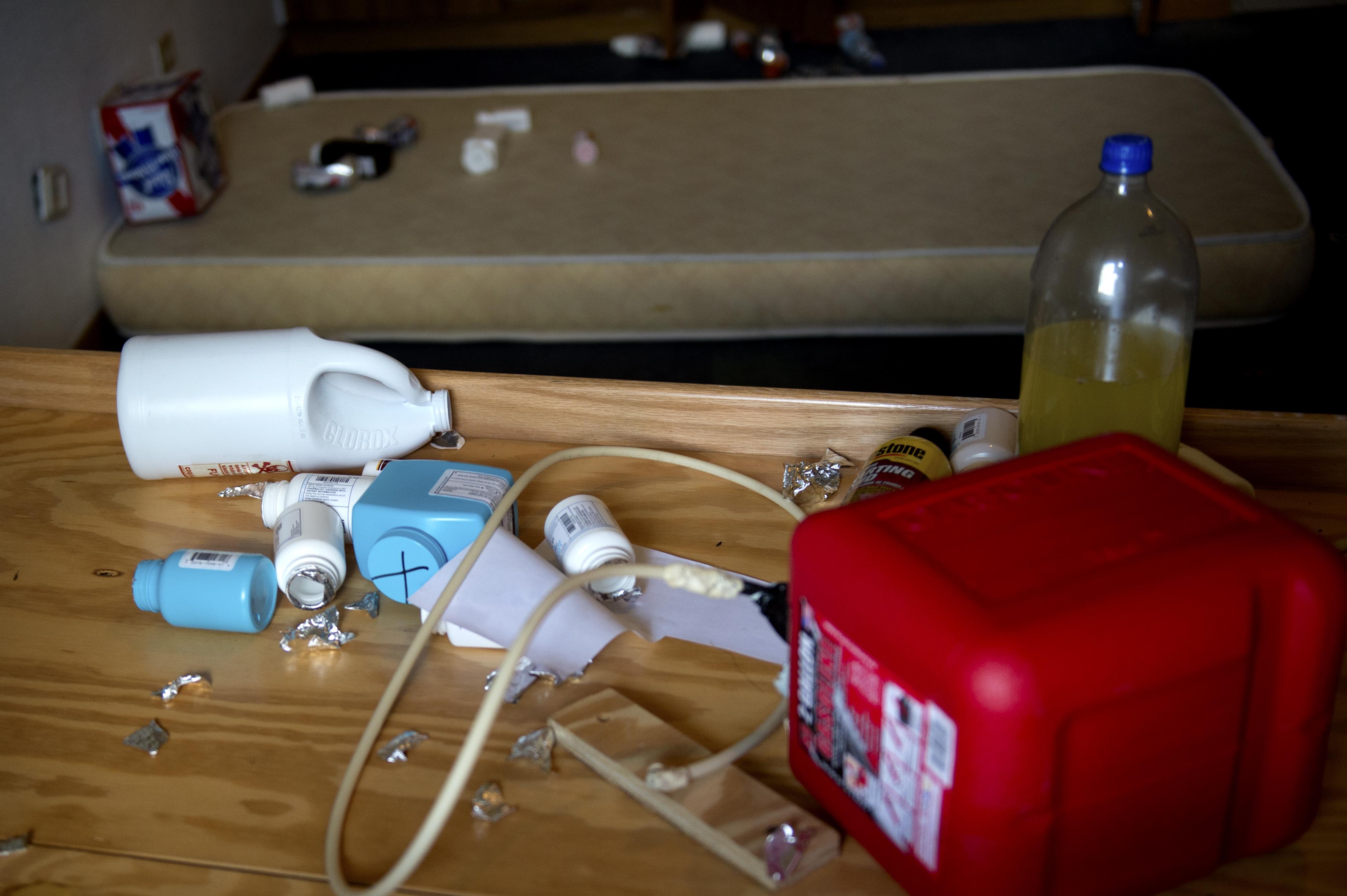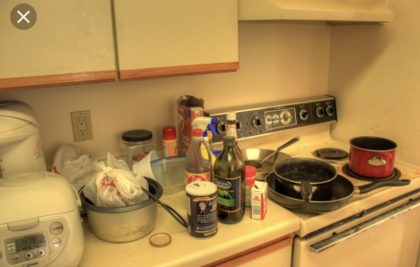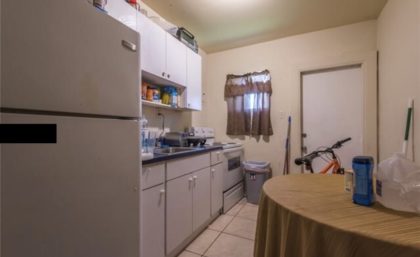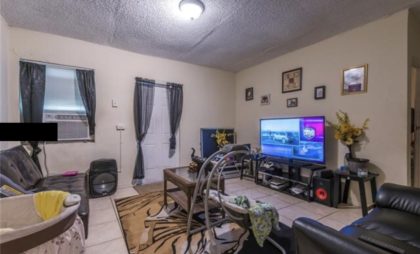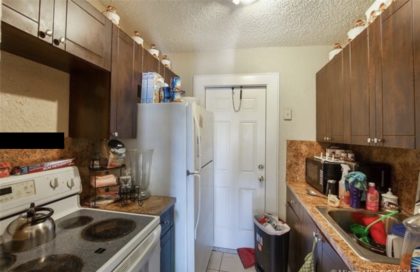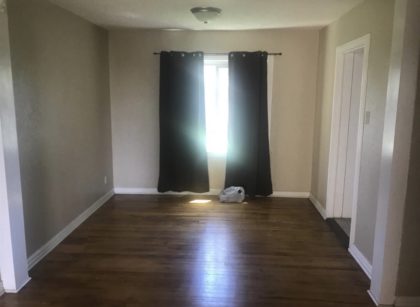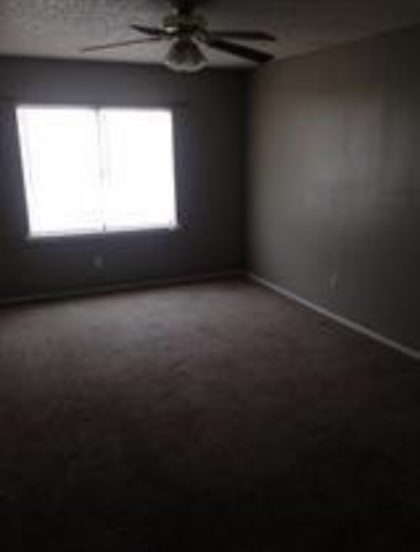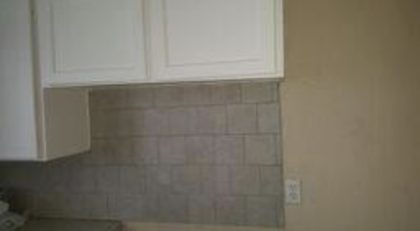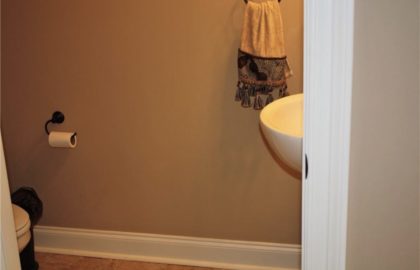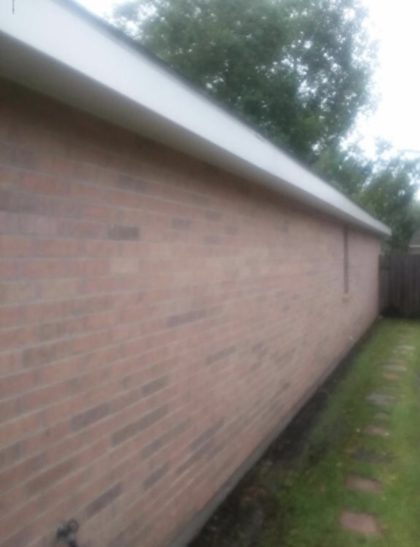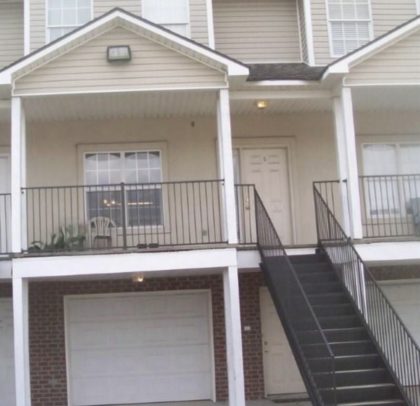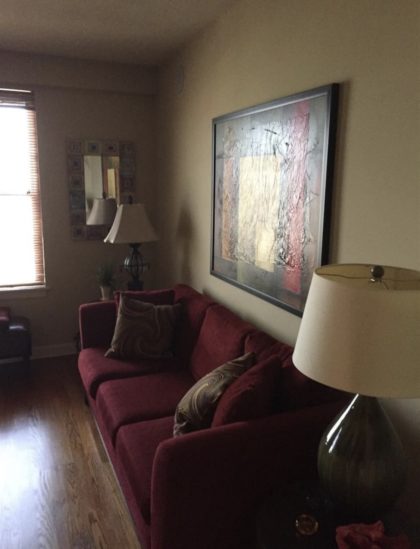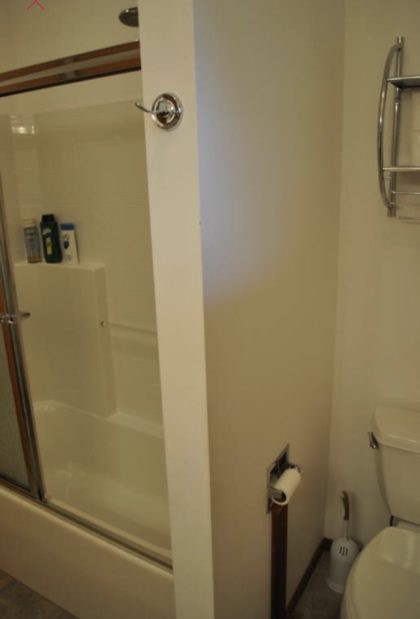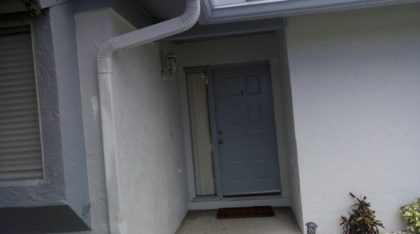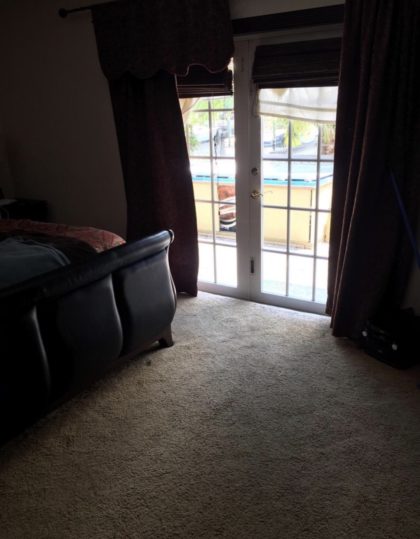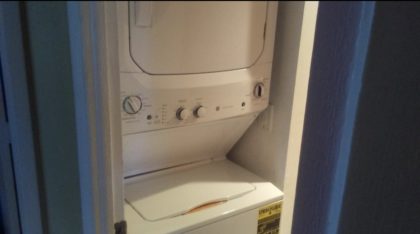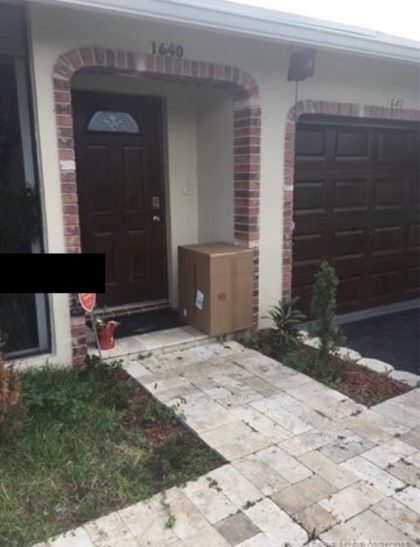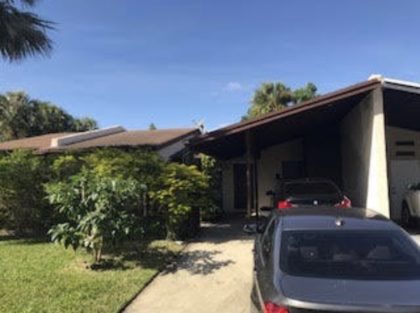How to Amp Up The Resale Value of Your Home
Whether you’re putting your home on the market this year or in the next five years, it is a smart decision to start building your home’s resale value now. Here are some ways to create a comfortable home while making it easier to put more money into your bank account on closing day.
Small Maintenance and Repairs
If you think that home maintenance on the weekends waste your time and energy, think again. The small chores you do around your home prevents it from losing value. Neglecting small maintenance and repairs causes 10% of your home’s value to walk out your door and slip through your windows. Most appraisers claim that homes showing little to no preventative maintenance can depreciate from $15,000 to $20,000.
A study conducted by researchers at the University of Connecticut and Syracuse University shows that regular maintenance boosts your home value by about 1% per year. However, ongoing maintenance costs offset that value, which means that regular maintenance actually slows down your rate of depreciation. Furthermore, because homebuyers generally notice any repairs needed upon buying a new home, proactive maintenance lets the homebuyer know that he or she will not have to spend extra money to maintain the basics. This makes your home more attractive, and thus more likely to get higher priced offers.
Maintaining the basics can cost you little money and certainly some effort, but there’s a way to accomplish this very important activity smartly. This article by HouseLogic, for example,shows you how to keep home maintenance below $300 a year. Planning ahead will also help make maintaining your home easier. Most professional appraisers and real estate agents recommend a proactive maintenance schedule that includes:
- Keeping enough cash on hand to replace systems and materials
- Creating and following a maintenance schedule
- Planning a room redo every year
- Keeping a notebook of all your maintenance and repairs
Landscaping
The Virginia Cooperative Extension at Virginia Techpublished a study that shows landscaping can increase a home’s value by 15%. The study claims that a home valued at $150,000 could increase its value between $8,300 and $19,000 with the addition of landscaping. Particular landscape elements add different value. For instance, landscape design can increase your home’s value by 42%, plant size can increase your home’s value by 32%, and diversity in plants can increase your home’s value by 22%.
Replace Entrance Doors
If your entry doors are wood, consider switching them out for either fiberglass or steel doors. Steel doors add style and architectural interest to your home while improving security; you can add a deadbolt and electronic keypads to keep out intruders. Unlike wood doors, steel doors do not rot or splinter.
Alternatively, fiberglass doors can be designed to look like wood doors and give your home a modern look. Fiberglass doors conserve more energy than steel doors.
Pricewise, a steel door will cost you $1,335 with a 91% return on investment whereas a fiberglass door will cost you $3,126 with an 82.3% return on investment.
Garage Door Replacement
At first, you might not think that your garage door increases the value of your home. However, your garage door distinguishes your home from the other homes on your block. As the largest entryway of a house, garage doors get noticed first because they’re the focal point of your home. If you want to quickly increase the resale value of your home, you need to make the most of this space.
Some interesting things being done with garage doors include:
- Increased Size:Bigger garage doors help homes stand out more, and homeowners can do more creatively with them.
- Bold Colors:Bright and bold colors now can complement the color of your home, or you can build a concept around the color of your home.
- Faux Wood:You can install fiberglass or steel garage doors that look like wood garage doors. This gives your home a new level of sophistication.
- Windows:Large Windows on your garage door improve the aesthetic of your home, and provide light into your garage so that it’s no longer a dark space.
More importantly, a garage door replacement will cost you $1,652 and add $1,512 to the value of your home; that’s a return on your investment of 91.5%.
Fiberglass Attic Insulation
While energy efficiency is still not the sexiest selling point of your home, installing fiberglass attic insulation saves energy and garners a big payback on your investment. According to Remodeling Magazine’s 2016 Cost vs. Value top trends report, fiberglass attic insulation gained the top return on investment among the 30 projects in this year’s report. Using Remodel/Max as the cost source, a fiberglass attic insulation project cost $1,268 nationwide. Real estate professionals surveyed estimated that the work would boost the price of a home at resale, within a year of its completion, by $1,482. That’s a 116.9% return on investment.
Replacing Windows
Replacing your windows is another way to save energy and increase your home’s resale value. Replacing your old windows with energy saving models will beautify your home, keep it comfortable, and ease the workload of your HVAC system. According to HGTV, you’ll see a reduction in your utility bill by 7% to 15%. However, if you’re selling your home, you could expect a 60% to 70% recoupment of your investment. The two types of replacement windows that fetch the best returnare vinyl and wood.
Remodeling Your Kitchen
Kitchen remodeling can get expensive, but small renovations can make your home more buyer friendly. Changing your kitchen’s texture and color using a matte finish and neutral colors such as putty or grey enhances your home’s resale value. Because matte finishes have transitional qualities, your potential homebuyer can easily match his or her stainless steel or black and white appliances. Also, refinishing cabinetry, or switching to Energy Star™ appliances provide comfort you like and pizazz buyers adore.
Flow is important to any interior design of a home. If you feel that your kitchen hinders a good flow, change it. A small investment to knock out a non-structural wall or remove a kitchen island creates space and provides flow that buyers love.
A minor kitchen remodel can cost you $20,122 while putting $16,716 of resale value into your home; that’s an 83% payback on the project. If you want to do a major kitchen model, this can cost you about $60,000 and put about $39,000 of resale value into your home, which is only about a 65% payback on the project. Therefore, consider a minor kitchen remodel first.
Bathroom Addition or Remodel
Likewise, carefully consider adding a bathroom or remodeling your bathroom. Switching out your frosted glass shower doors for glass doors, cleaning the grout, replacing the shower and floor tiles, switching out your sink or toilet, or replacing your sink and shower fixtures can cost you little money.
Adding a bathroom can get expensive, but it can reduce congestion during hectic times and provide your guests with a bathroom. Consult with your real estate agent or a local appraiser before deciding whether a full remodel or addition is right for your situation. While a bathroom remodel will cost you about $18,000 with a return on investment of about 66%, a bathroom addition will cost you about $42,000 with a return on investment of about 56%. Therefore, it’s best do your due diligence before working on your bathroom.
Your Needs and Buyers’ Wants
On that note, if you need to renovate your home, be sure to consider how those changes will affect its appeal to future buyers. Knowing design trends will give you the opportunity to make changes to your home based on where your needs and your potential buyer’s desires intersect, thus increasing your property’s resale value drastically.
Designers and design websites provide great ideas when you’re brainstorming home renovations. Keep in mind as you research, however, that you don’t want to sacrifice your needs for a comfortable home just for the sake of what you think a future buyer will want!
Therefore, before you begin making any changes to your home, consult your real estate agent. Real estate agents, because we are constantly working with new buyer clients, have insider insight into what home buyers are looking for now and in the future. We’ll be able to help you make smart choices when remodeling or renovating your home.
If you think you might want to remodel or renovate your home in the near future, or if you are just curious about other ways you can increase its resale value, please reach out to me!


